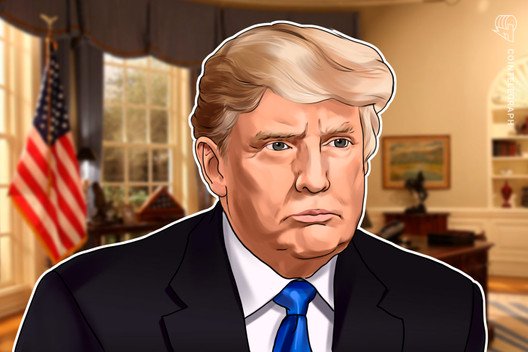3 Reasons Why MicroStrategy Adopted Bitcoin — And Why Others Will Too
MicroStrategy has adopted Bitcoin (BTC) as its reserve currency — and stunned commentators by purchasing over 21,000 BTC on Aug. 11.
The world’s largest publicly-traded business intelligence company has swapped fiat for Bitcoin as its treasury reserve asset, but the reasons behind it suggest that more big businesses will have no choice but to do the same.
Why did MicroStrategy choose Bitcoin, and will others follow?
Digital gold
In a press release issued on Aug. 11, CEO Michael Saylor went further than most by calling Bitcoin “digital gold.”
With no “ifs” or “buts,” Saylor unreservedly plugged the largest cryptocurrency over both fiat and other traditional safe-haven assets such as gold.
“Bitcoin is digital gold – harder, stronger, faster, and smarter than any money that has preceded it,” he commented.
That angle closely mimics some of Bitcoin’s foremost proponents, notably Saifedean Ammous, who in his book, “The Bitcoin Standard,” repeatedly explains that so-called “digital scarcity” puts Bitcoin in a separate league to any other form of money which has ever existed.
Like Ammous, Saylor also believes that Bitcoin’s very structure will ensure that its value will only increase with time.
He added:
“We expect its value to accrete with advances in technology, expanding adoption, and the network effect that has fueled the rise of so many category killers in the modern era.”
Doubts over fiat’s future
Bitcoiners were particularly excited about MicroStrategy because it unashamedly replaced fiat currency for cryptocurrency.
Its purchase of 21,454 BTC for an aggregate price of $250 million late last month may not only be symbolic (given the total 21M BTC) but it also means that the company controls 0.1% of the total Bitcoin supply — something competitors will find increasingly expensive to replicate.
“MicroStrategy bought 0.1% of the Bitcoin supply. Very few companies will be able to copy this strategy,” What Bitcoin Did podcast host Peter McCormack tweeted in response.
For Saylor, there were multiple red flags that swayed him to turn to Bitcoin.
These were “among other things, the economic and public health crisis precipitated by COVID-19, unprecedented government financial stimulus measures including quantitative easing adopted around the world, and global political and economic uncertainty,” he said.
Continuing, he argued that what began as a result of Covid-19 would only cause further problems later on:
“We believe that, together, these and other factors may well have a significant depreciating effect on the long-term real value of fiat currencies and many other conventional asset types, including many of the assets traditionally held as part of corporate treasury operations.”
Cointelegraph has often reported on the detrimental impact of practices such as quantitative easing, and the voices urging consumers to abandon the fiat system en masse to protect their prosperity in the long term.
For Jason Yanowitz, founder of financial media network BlockWorks Group, Saylor’s reservations will ultimately spark trailblazing from the entire business sphere.
“MicroStrategy’s CEO said they bought Bitcoin to avoid inflation,” he summarized.
“Eventually every public company will do the same.”
This week, Cointelegraph noted that Bitcoin’s value appeared to be tracking central banks’ inflating balance sheets in 2020.
Bitcoin’s “Schelling point”
Finally, Saylor was highly complimentary about Bitcoin in particular — and did not mention that the company even considered any other cryptocurrencies.
“We find the global acceptance, brand recognition, ecosystem vitality, network dominance, architectural resilience, technical utility, and community ethos of Bitcoin to be persuasive evidence of its superiority as an asset class for those seeking a long-term store of value,” he said.
Bitcoin’s eleven-year lifespan has seen it both remain the largest cryptocurrency and fend off multiple concerted efforts to undermine it.
As Ammous and various others often explain, Bitcoin has proven itself via this method — and alternative cryptocurrencies have failed to demonstrate that they can gain Bitcoin’s status and popularity.
Miners’ preference for BTC supports the theory that in the long term, security and market prowess will only increase — Bitcoin’s technical fundamentals remain in a broad uptrend, a result of miners dedicating more and more resources to the network.









